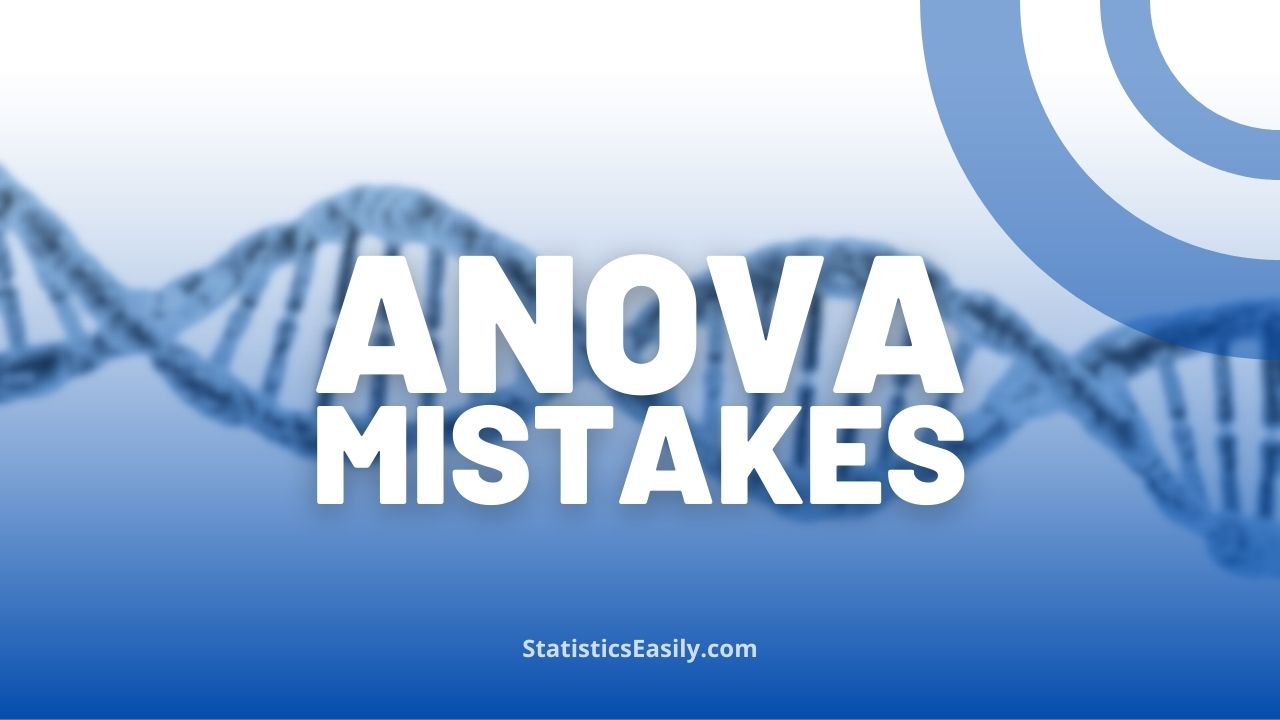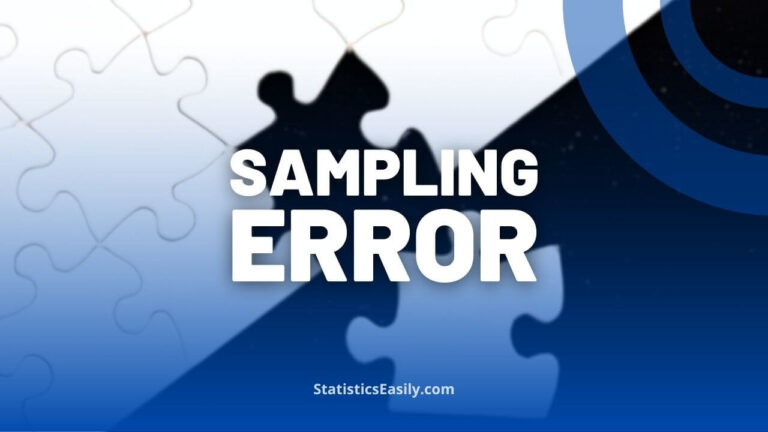Common Mistakes to Avoid in One-Way ANOVA Analysis
You will learn how to avoid common One-Way ANOVA mistakes.
Introduction
One-way Analysis of Variance (ANOVA) is a widely used statistical technique for comparing the means of 3 or more independent groups. However, conducting an accurate and reliable one-way ANOVA analysis requires attention to detail and adherence to specific assumptions. This article identifies and addresses the most common mistakes researchers make when performing one-way ANOVA analyses.
Highlights
- One-way ANOVA assumptions of normality and homogeneity of variances must be verified before analysis.
- Non-significant p-values in one-way ANOVA can result from insufficient sample size or low statistical power.
- Reporting effect sizes (e.g., η², ω²) alongside p-values provides a more comprehensive understanding of the findings.
- Violated normality or homogeneity assumptions require alternative approaches like Welch’s ANOVA or the Kruskal-Wallis test.
- Descriptive statistics, like mean and standard deviation, should be reported for each group for better understanding.
Ad Title
Ad description. Lorem ipsum dolor sit amet, consectetur adipiscing elit.
Common One-Way ANOVA Mistakes
Ignoring Assumptions: One of the most common mistakes in one-way ANOVA analysis is overlooking the importance of checking and meeting the required assumptions. Always verify the assumptions of independence, normality, and homogeneity of variances before performing the analysis.
Misinterpreting Non-Significant Results: Just because the p-value obtained from the F-test is not statistically significant, it does not mean any differences among the groups. It could be due to insufficient sample size, low statistical power, or other factors. Therefore, be cautious when interpreting non-significant results and consider the context of the study.
Inappropriate Post Hoc Tests: Using incorrect post hoc tests or not performing them at all can lead to inaccurate conclusions. If the one-way ANOVA results are significant, choose the appropriate post hoc test based on the data, sample size, and assumptions.
Overemphasis on p-values: Focusing solely on p-values without considering the effect size or results’ practical significance can be misleading. Ensure to report and interpret effect size measures like eta-squared (η²) or omega-squared (ω²) alongside p-values to provide a more comprehensive understanding of the findings.
Failing to Address Violated Assumptions: If the assumptions of normality or homogeneity of variances are violated, ignoring the issue can lead to incorrect conclusions. Consider using data transformations, robust statistical methods like Welch’s ANOVA, or nonparametric alternatives such as the Kruskal-Wallis test to address these violations.
Not Reporting Descriptive Statistics: Neglecting to report descriptive statistics, such as mean and standard deviation for each group, can make it difficult for readers to understand the context and magnitude of the observed differences. Include summary measures in your analysis for a complete and transparent presentation of the results.
Not Visualizing the Data: Presenting the data in graphical formats, such as box plots or bar charts, can help clarify the relationships between the groups and reveal patterns that may not be evident in the numerical results. Always include visualizations to support and enhance the interpretation of the findings.
Conclusion
One-way ANOVA is a powerful tool for comparing the means of 3 or more independent groups. Still, its effectiveness relies on proper execution and interpretation. By being aware of and addressing the common mistakes outlined in this article, researchers can significantly enhance the accuracy and reliability of their one-way ANOVA analyses. It is crucial to verify assumptions, carefully interpret non-significant results, select appropriate post hoc tests, and consider effect sizes alongside p-values to ensure robust findings. Moreover, providing a transparent presentation of the results, including descriptive statistics and visualizations, contributes to a more comprehensive understanding of the study’s outcomes. By diligently adhering to these best practices, researchers can draw meaningful insights from their one-way ANOVA analyses and contribute to advancing knowledge in their respective fields.
Recommended Articles
- ANOVA and T-test: Understanding the Differences and When to Use Each
- Mastering One-Way ANOVA: A Comprehensive Guide for Beginners
- One-Way ANOVA Statistical Guide: Mastering Analysis of Variance
- Mastering One-Way ANOVA (Story)
- One-Way ANOVA Reporting (Story)
- Analysis of Variance – an overview (External Link)
FAQ – Common One-Way ANOVA Mistakes
The key assumptions are independence, normality, and homogeneity of variances.
Use tests like the Shapiro-Wilk (normality) and Levene’s (homogeneity) test, and examine residuals to ensure independence.
Consider using data transformations or nonparametric alternatives like the Kruskal-Wallis test.
Consider factors such as insufficient sample size, low statistical power, and the study context.
Choose tests based on your data, sample size, and assumptions, such as Tukey’s HSD, Bonferroni, or Games-Howell tests.
Effect sizes (η², ω²) provide context and practical significance, enhancing understanding beyond p-values alone.
Data transformations, robust methods like Welch’s ANOVA, or nonparametric alternatives such as the Kruskal-Wallis test can be used.
Report each group’s mean and standard deviation to help readers understand the context and magnitude of the observed differences.
Visualizations like box plots or bar charts clarify group relationships, reveal patterns, and enhance the interpretation of findings.
Ignoring these mistakes can lead to inaccurate, unreliable analyses, and ultimately, incorrect conclusions and insights.








